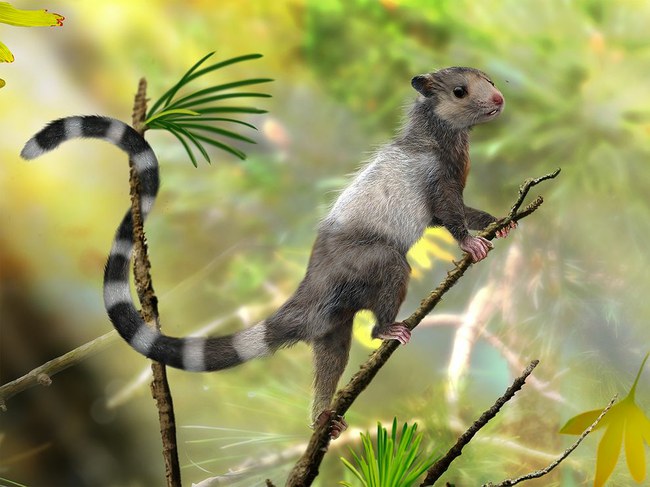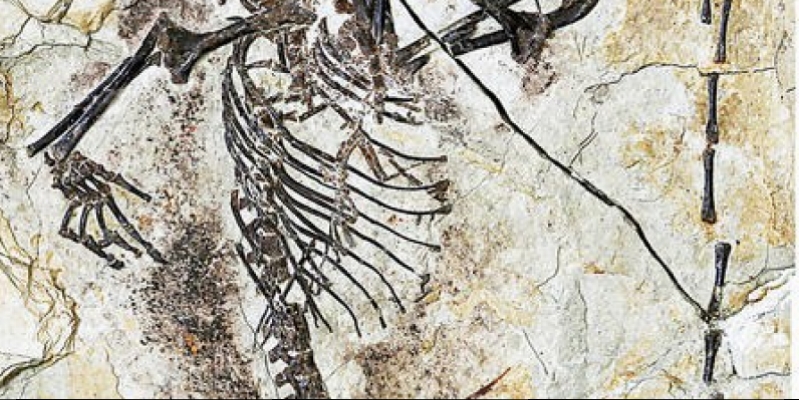As reported livescience.com, Liaoning Province (China) found fossils provide new evidence on the evolution of mammals.
After this discovery has been suggested that the viviparous evolved much earlier and faster than expected so far - more than 200 million. years.
Liaoning province is famous for its abundance of fossils. There has been repeatedly found in dinosaurs and other prehistoric animal remains.
Shenshou lui mammal fossils are about 160 million. years ago (Triassic Period). Scientists believe that the then territory of Liaoning materials in woods was warm, so there's a lot of living mammals, dinosaurs and related species.
Judging from the small found in cells long tail, claws, adapted for climbing and elongated canines, Shenshou lui lived in the trees and it was very similar to squirrels.
"We have to rewrite all the dinosaurs lived in the shadow of mammalian evolution. It turns out that many of them were able to walk, swim, dig burrows and remove honey from a hive under the trees, "- said the American Museum of Natural History paleontologist Jin Menges.

Over the past three years, found in Liaoning different, belonged to the same suborder of herbivorous residues. It was found that two of the animals discovered - even in times of Charles Darwin known vertebrate herbivores. Scientists have tried for decades to determine whether the animals were mammals or animals very close to mammals. The third animal fossils appear to answer this question.
Certain features of the animal, such as - in the inner ear structure, proves that both Shenshou lui and together discover other herbivores can be classified as mammals.
"These herbivores are among the oldest known mammal. Until now it was thought that mammals appeared about 174 or 164 million. years. As Shenshou lui depends suborder, the oldest fossils of representatives seek to 220-200 million. years, it shows that mammalian evolution was much faster, "- said Mr Menga.
The discovery published in the journal Nature.



